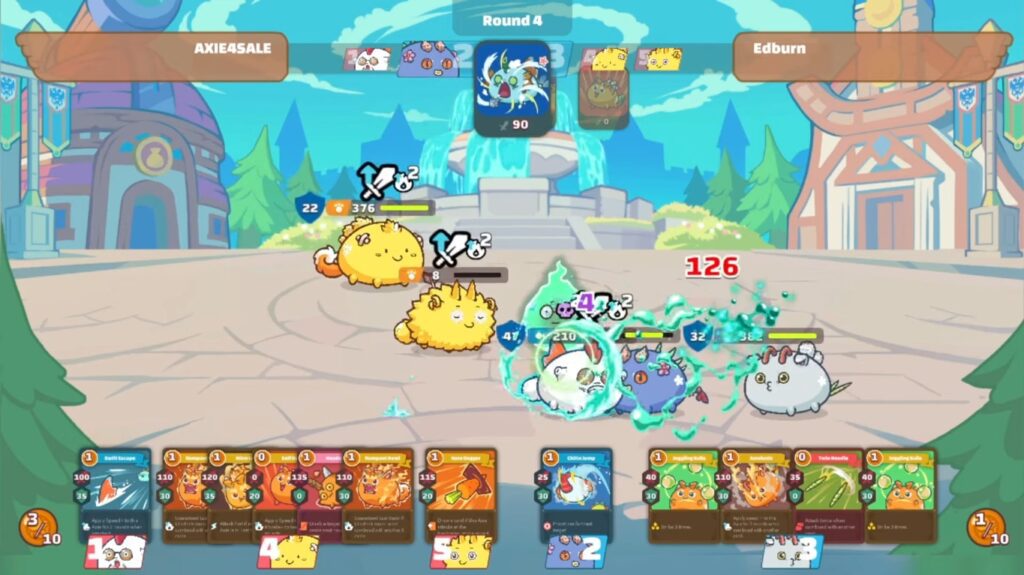The intersection of blockchain technology and gaming has given rise to a new breed of game designers: the crypto game designers. These professionals are at the forefront of creating immersive gaming experiences that leverage tokenized in-game assets, enabling players to own, trade, and monetize their virtual possessions. This article delves into the complexities of crypto game design, exploring the innovative mechanisms behind tokenized assets, real-world applications, and the implications for the future of gaming.
Understanding Tokenized In-Game Assets
Tokenized in-game assets refer to digital items that are represented as non-fungible tokens (NFTs) or fungible tokens on a blockchain. Unlike traditional in-game items, which are often confined to a single game and controlled by the game developer, tokenized assets provide players with true ownership. This ownership is secured by the blockchain, ensuring that players can trade, sell, or utilize their assets across different platforms.
The Mechanics of Tokenization
Tokenization involves converting physical or digital assets into a digital token on a blockchain. In the context of gaming, this process typically involves the following steps:
- Creation of Digital Assets: Game designers create unique digital items, such as skins, weapons, or characters, which are then minted as NFTs on a blockchain.
- Smart Contracts: These digital assets are governed by smart contracts, which define the rules of ownership, transferability, and interaction within the game ecosystem.
- Marketplace Integration: Players can buy, sell, or trade these assets on decentralized marketplaces, allowing for a vibrant economy driven by player engagement.
According to a report by NonFungible.com, the NFT market generated over $10 billion in sales in Q3 2021 alone, highlighting the growing interest in tokenized assets within the gaming industry (NonFungible.com, 2021).
Real-World Examples of Tokenized In-Game Assets
Several games have successfully integrated tokenized assets, showcasing the potential of this innovative approach. Notable examples include:
Axie Infinity
Axie Infinity is a blockchain-based game that allows players to collect, breed, and battle fantasy creatures called Axies. Each Axie is an NFT, giving players true ownership of their digital pets. The game has seen explosive growth, with over 2.5 million daily active users and a market capitalization exceeding $3 billion as of October 2021 (DappRadar, 2021). Players can earn cryptocurrency through gameplay, creating a play-to-earn model that has attracted a diverse player base.

Create, train, and win with your Axies on the blockchain.
Decentraland
Decentraland is a virtual reality platform powered by the Ethereum blockchain, where users can create, experience, and monetize content and applications. In Decentraland, virtual land parcels are tokenized as NFTs, allowing users to buy, sell, and develop their virtual real estate. The platform has hosted various events, including virtual art galleries and concerts, generating significant revenue for creators. In 2021, a virtual plot of land sold for a staggering $2.43 million, underscoring the value of tokenized assets in virtual environments (The Verge, 2021).
Gods Unchained
Gods Unchained is a trading card game that utilizes blockchain technology to give players true ownership of their cards. Each card is an NFT, allowing players to trade or sell their cards on secondary markets. The game has attracted attention for its competitive gameplay and player-centric economy, with over $50 million in card sales reported in 2021 (Gods Unchained, 2021). This model not only empowers players but also creates a sustainable ecosystem for game developers.
The Role of Game Designers in Tokenization
Crypto game designers play a crucial role in the successful implementation of tokenized assets. Their responsibilities extend beyond traditional game design to include:
Economic Design
Designing a balanced in-game economy is essential for the sustainability of tokenized assets. Game designers must consider factors such as supply and demand, inflation, and player engagement. For instance, in Axie Infinity, the introduction of new Axies is carefully managed to prevent market saturation and maintain value.
User Experience
Integrating blockchain technology should not compromise the user experience. Game designers must ensure that the onboarding process for new players is seamless, even if they are unfamiliar with cryptocurrency. This includes simplifying wallet creation, asset management, and transaction processes.
Community Engagement
Building a strong community is vital for the success of crypto games. Game designers must actively engage with players, gather feedback, and implement changes based on community input. This collaborative approach fosters loyalty and encourages players to invest in the game ecosystem.
Challenges and Considerations
While the potential of tokenized in-game assets is immense, several challenges must be addressed:
Regulatory Concerns
The regulatory landscape surrounding cryptocurrencies and NFTs is still evolving. Game designers must navigate complex legal frameworks to ensure compliance while protecting player interests. For instance, the U.S. Securities and Exchange Commission (SEC) has scrutinized certain NFT projects, raising questions about their classification as securities (SEC, 2021).
Environmental Impact
The environmental impact of blockchain technology, particularly proof-of-work systems, has raised concerns among players and developers alike. Game designers must consider the sustainability of their chosen blockchain platforms and explore alternatives, such as proof-of-stake systems, to mitigate their carbon footprint.
Market Volatility
The cryptocurrency market is notoriously volatile, which can affect the value of tokenized assets. Game designers must implement mechanisms to stabilize in-game economies and protect players from significant financial losses.
Future Trends in Crypto Game Design
The future of crypto game design is poised for innovation and growth. Key trends to watch include:
Interoperability
As the gaming ecosystem evolves, interoperability between different games and platforms will become increasingly important. Game designers will need to create assets that can be utilized across multiple games, enhancing player engagement and value.
Enhanced User Experiences
Advancements in technology, such as virtual reality (VR) and augmented reality (AR), will enable more immersive gaming experiences. Game designers will need to integrate these technologies with tokenized assets to create unique gameplay opportunities.

Decentralized Autonomous Organizations (DAOs)
DAOs are emerging as a way for players to have a say in game development and governance. Game designers may leverage DAOs to empower communities, allowing players to vote on game updates, asset creation, and economic changes.
Conclusion
The role of the crypto game designer is pivotal in shaping the future of gaming through the innovative use of tokenized in-game assets. By understanding the mechanics of tokenization, engaging with communities, and addressing challenges, these designers can create sustainable and immersive gaming experiences. As the industry continues to evolve, the potential for growth and innovation remains vast, promising exciting opportunities for both players and developers alike.
In summary, the integration of blockchain technology into gaming is revolutionizing the industry, providing players with true ownership of their assets and creating new economic models. As crypto game designers continue to innovate, the future of gaming looks brighter than ever.
References:
- NonFungible.com. (2021). NFT Market Report Q3 2021.
- DappRadar. (2021). Axie Infinity: The Game That Changed the NFT Landscape.
- The Verge. (2021). A Virtual Plot of Land in Decentraland Sold for $2.43 Million.
- Gods Unchained. (2021). Annual Report on Card Sales.
- SEC. (2021). Statement on Cryptocurrencies and NFTs.

